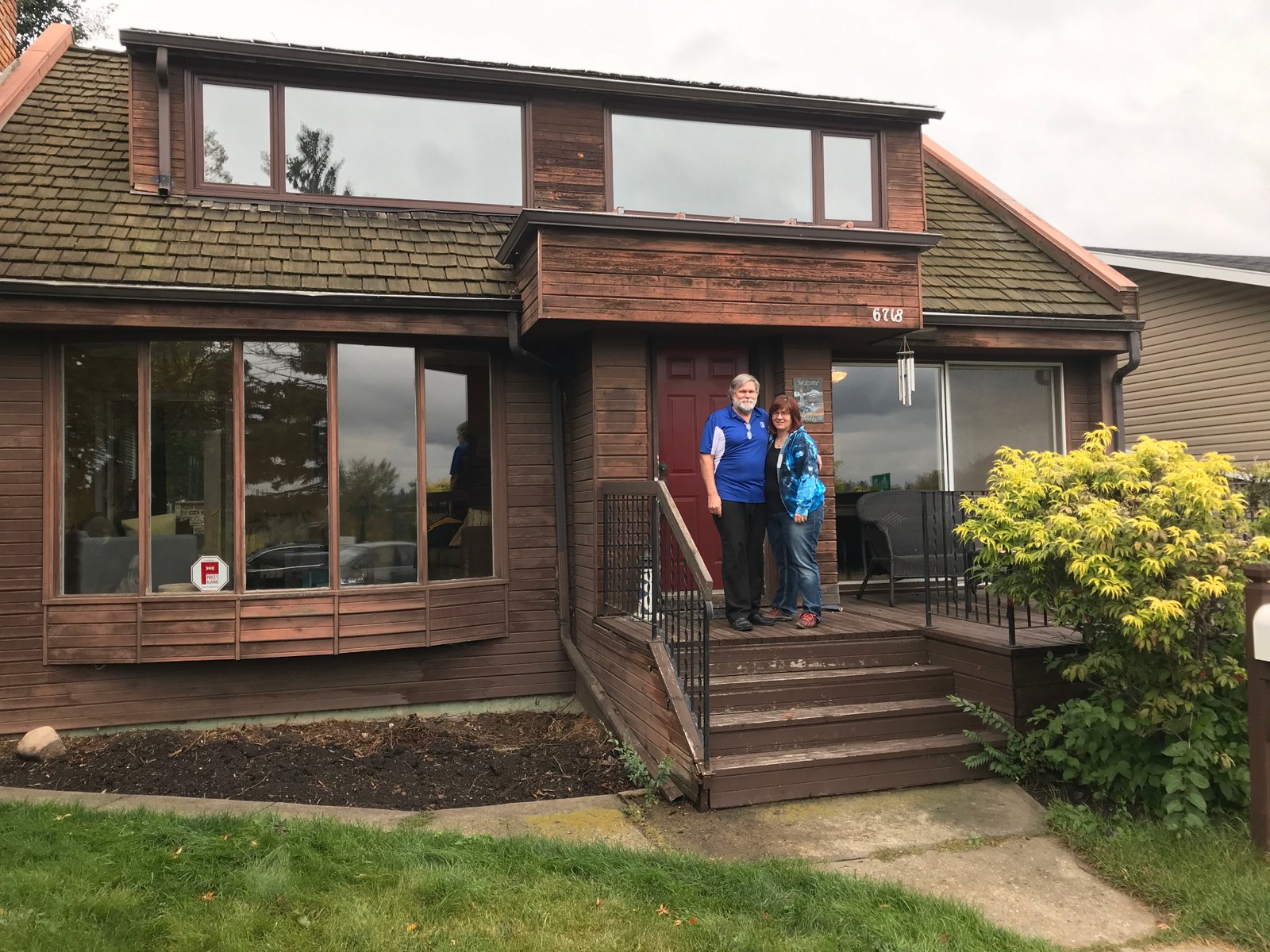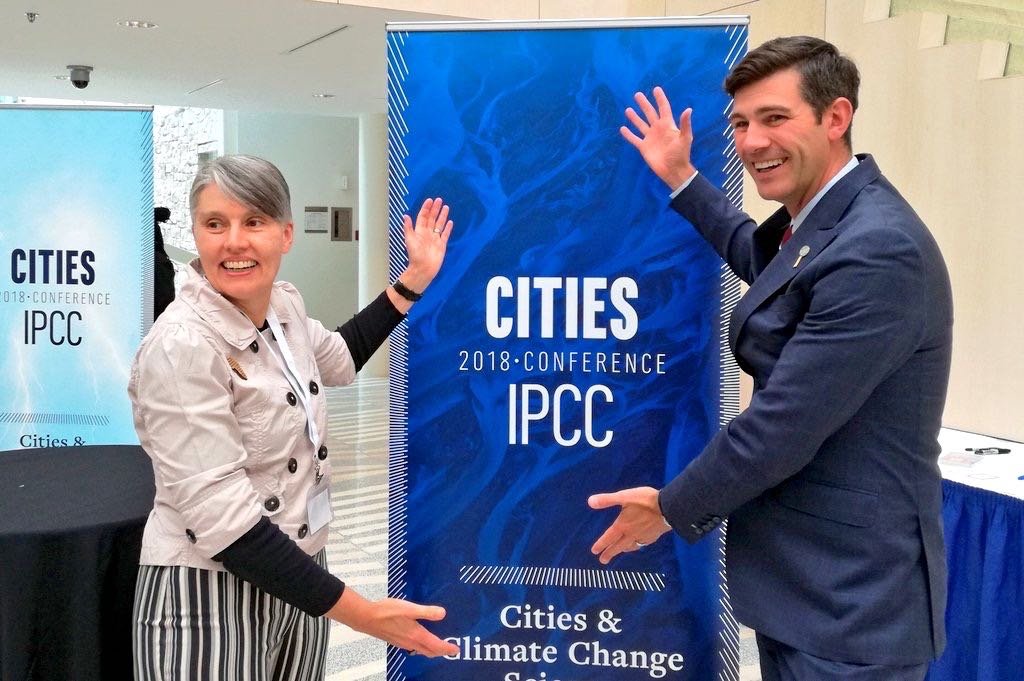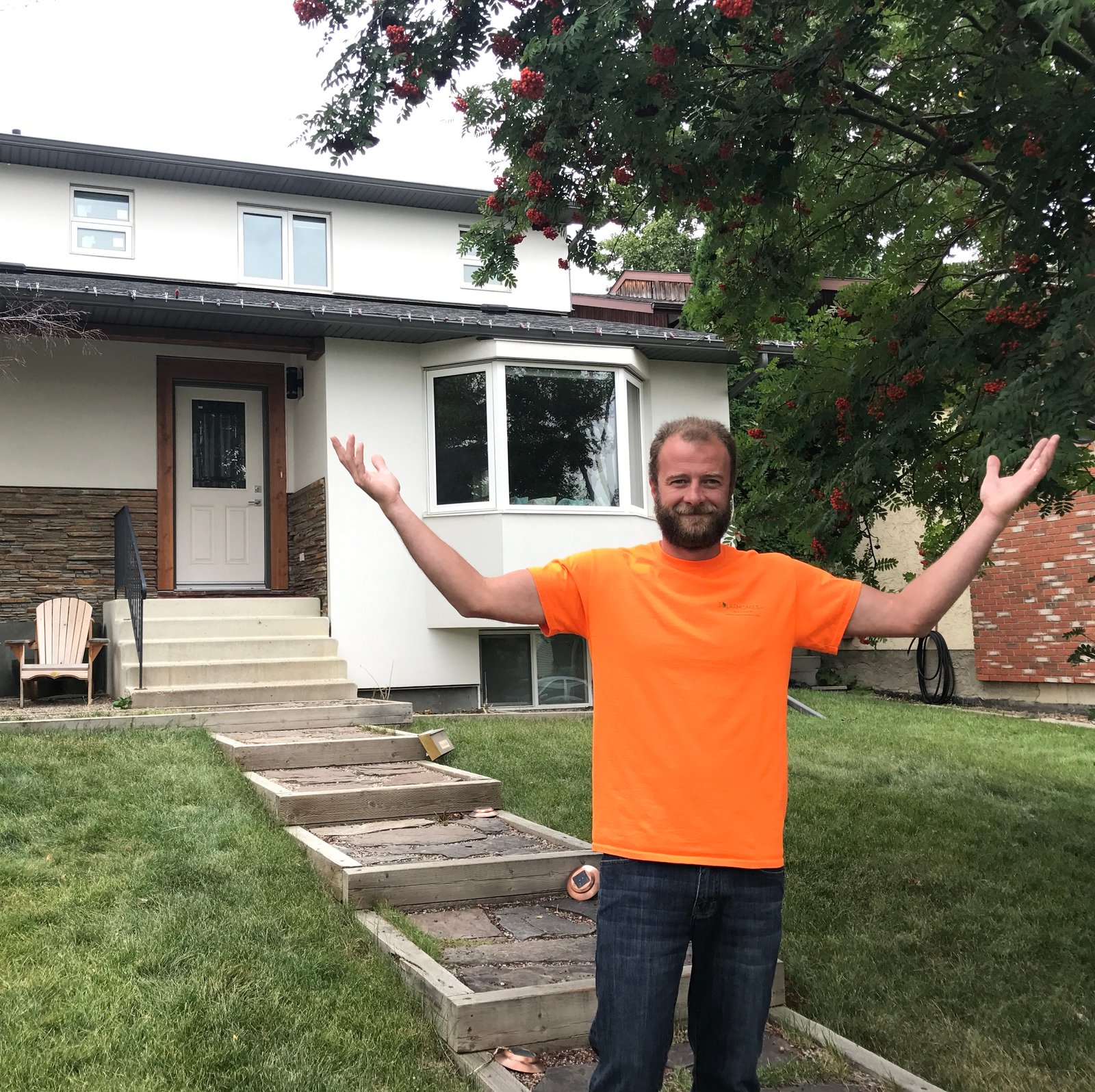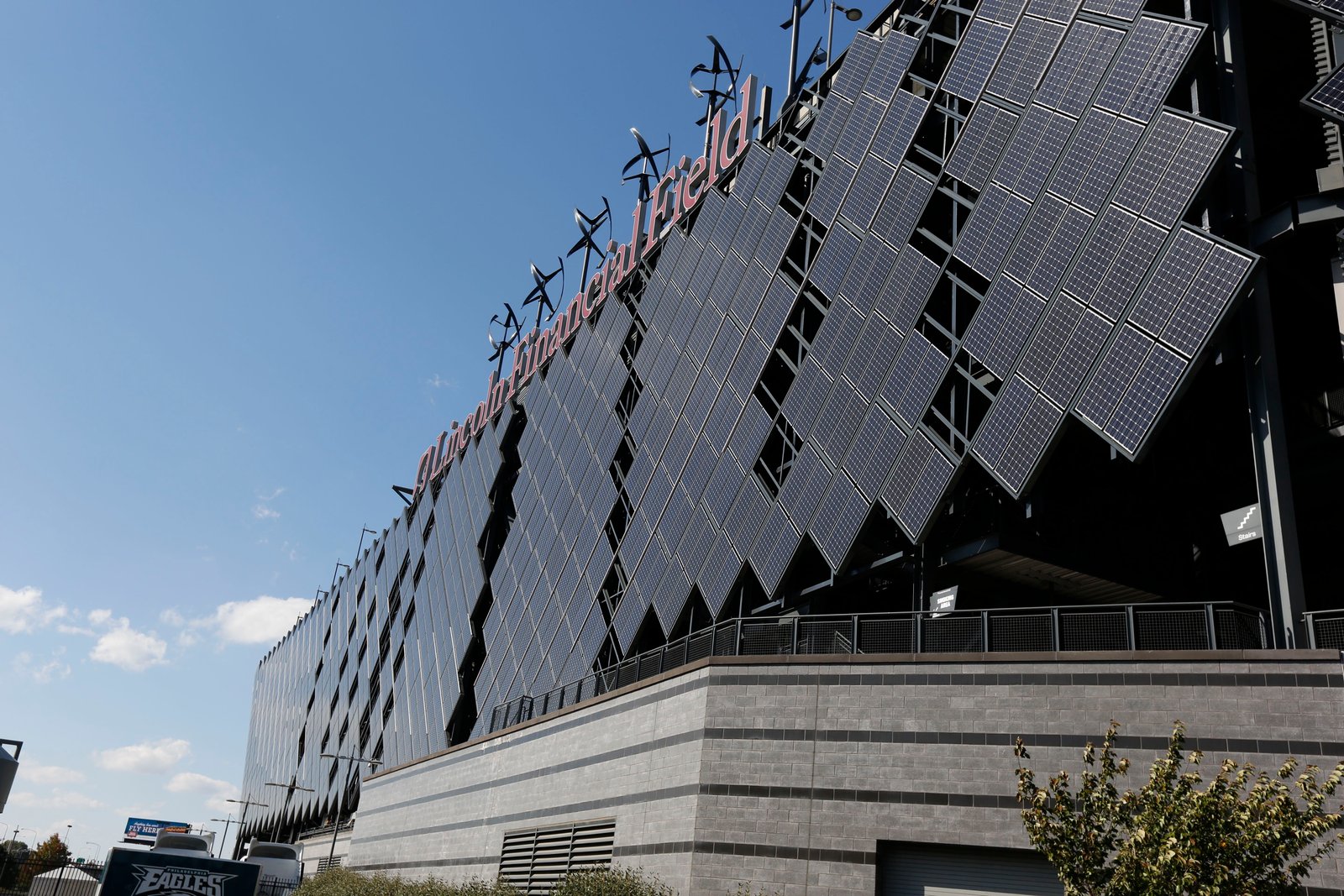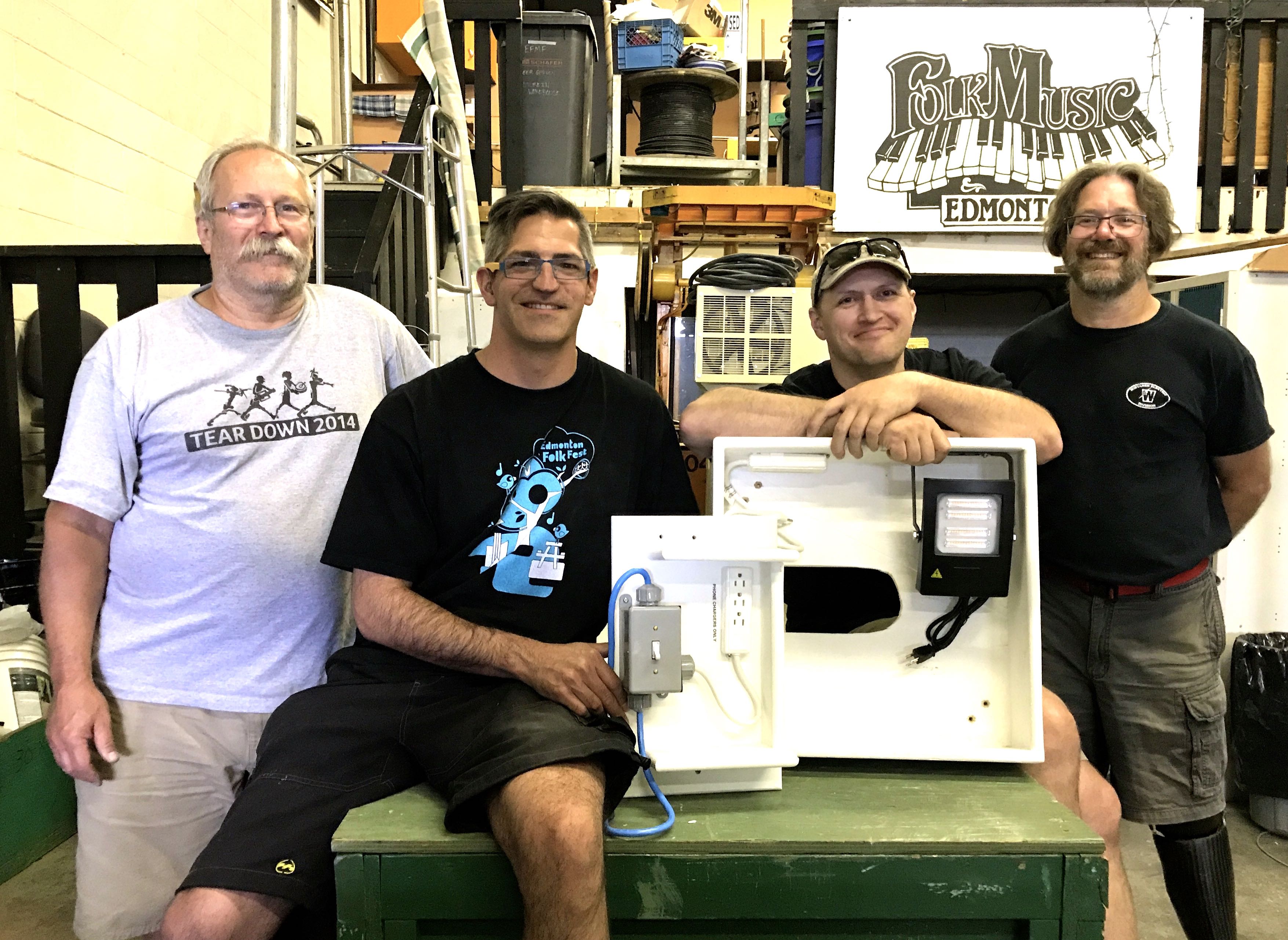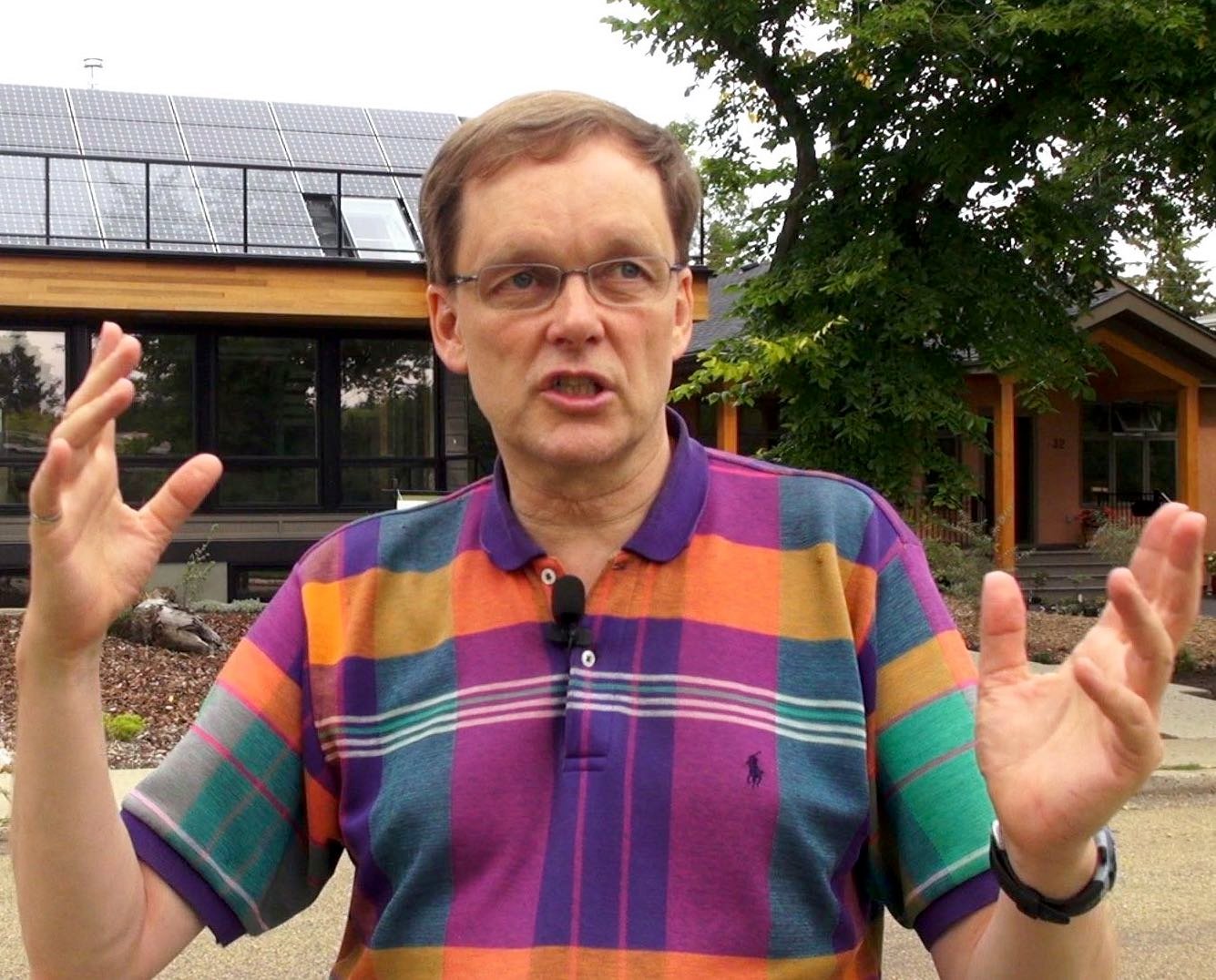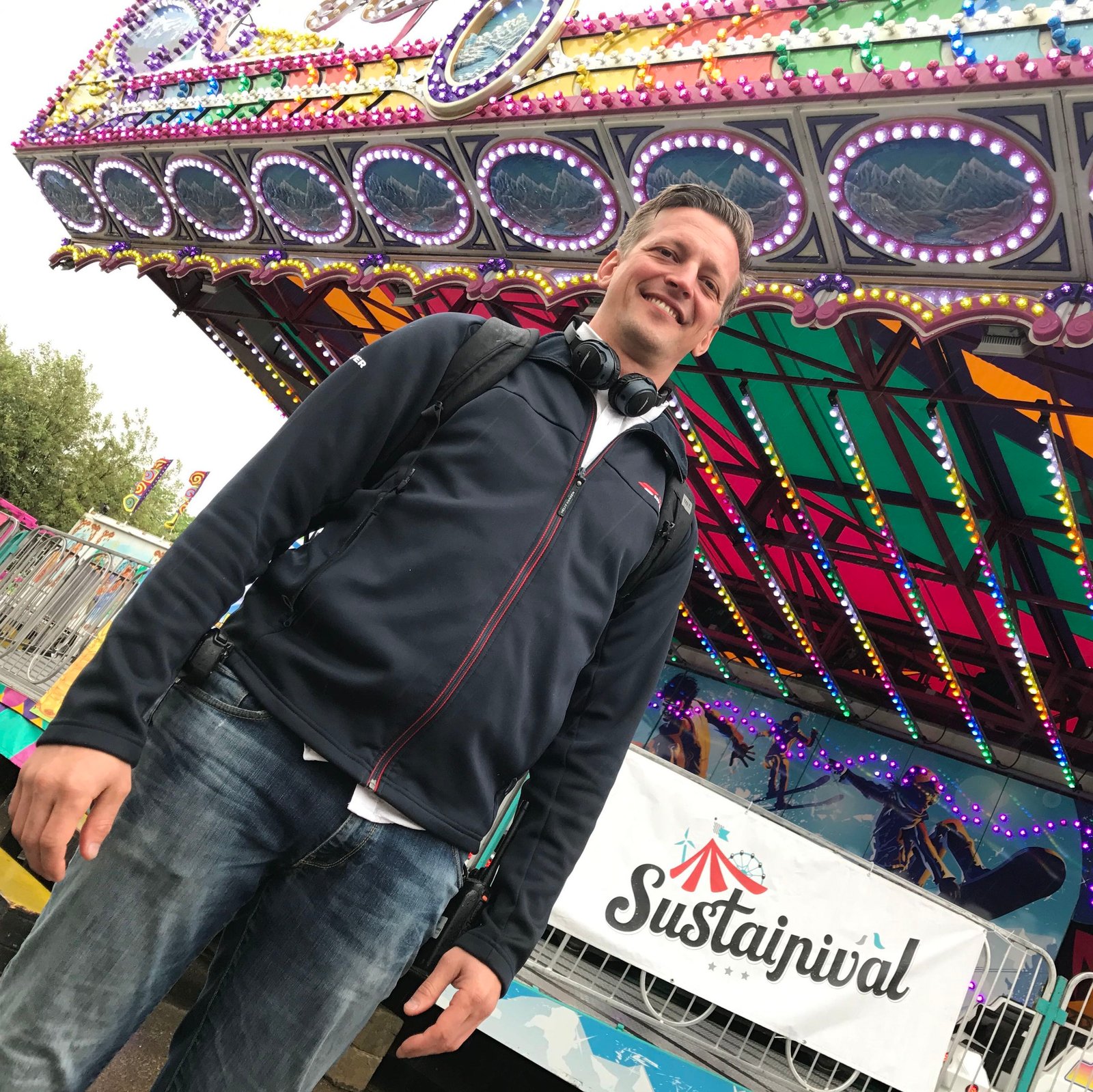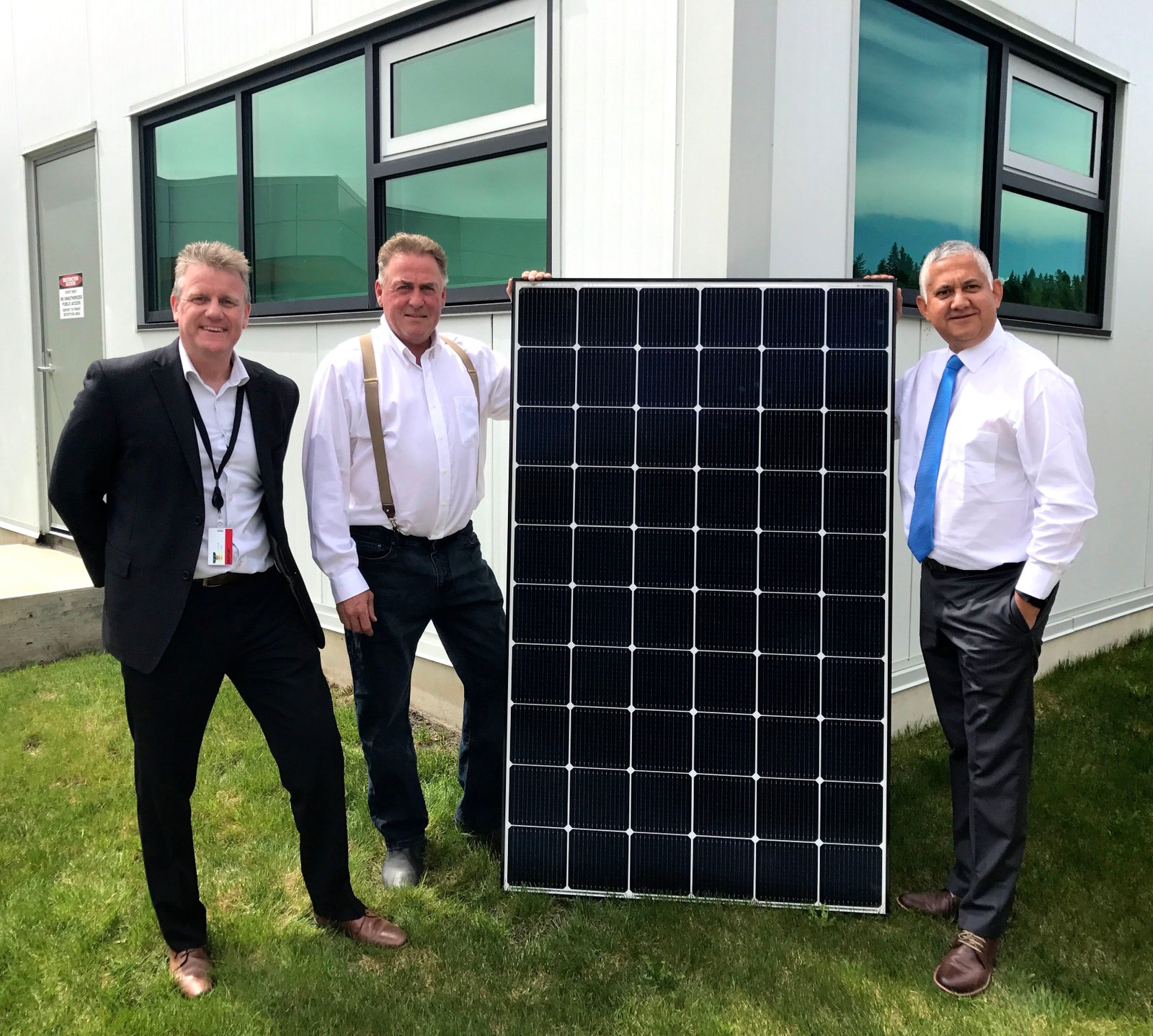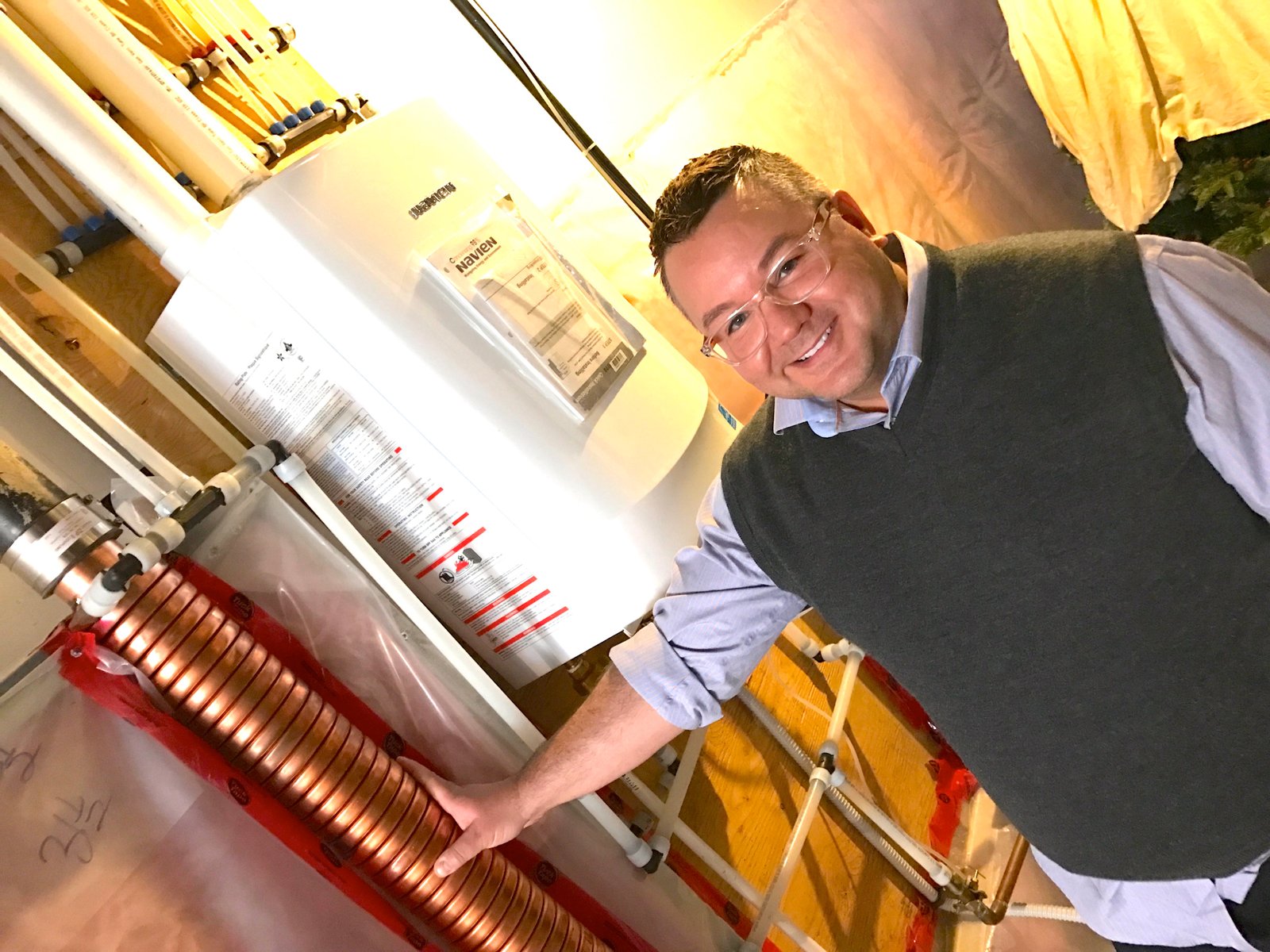By David Dodge The Energy Detective is back! We loved our story on Ron Kube, …
2017 a banner year for green energy in Alberta
By David Dodge and Scott Rollans 2017 will go down as a breakthrough year for …
183. EnerGuide: How does your home rate?
By David Dodge and Scott Rollans The new EnerGuide label explained Green Energy Futures’ Top …
182. Top 10 Energy Efficiency Tips for the Home
By David Dodge and Scott Rollans Here at Green Energy Futures, we love nothing better …
181. The Energy Detective
By David Dodge and Scott Rollans What if we told you, with a few simple …
180. Solar 101 – everything you need to know
By David Dodge and Scott Rollans St. Albert’s Ron Kube had never known anyone with …
179. Cities are source and may hold solutions to climate change
By David Dodge and Scott Rollans How the heck did Edmonton, Alberta wind up as …
178. Renovating your home to net-zero
By David Dodge and Scott Rollans Have you ever dreamed of living in a net-zero …
177. Water Heaters 101: Getting yourself in hot water
Discover the best option for a high energy efficiency water heater. We check out tankless, electric heat pump and power vented conventional water heaters.
176. New Simons has largest solar system in Edmonton
By David Dodge, Green Energy Futures At 177 years-old Simons may be one of the …
175. NFL Eagles fly on 100% renewable energy
By David Dodge, Green Energy Futures When the 70,000 fans of the Philadelphia Eagles fill …
174. Edmonton Folk Music Festival rocks energy efficiency
Joni Mitchell, David Byrne, k.d. lang, Joan Armatrading, Passenger, Michael Franti, Blue Rodeo, John Hiatt, …
173. Gordon Howell, solar pioneer installed first grid-connected solar system in Western Canada
By David Dodge Gordon Howell is a solar pioneer. He installed the first grid-connected solar …
172. Sustainival, the world’s first green carnival
By David Dodge Life may be a carnival, but at Sustainival you can’t “walk on …
170. Brazeau County – Solar in oil country
By David Dodge, Green Energy Futures Bart Guyon is a rancher and businessman. Decked out …
169. PACE financing created $3.4 billion in energy efficiency projects in U.S.
By David Dodge Currently, the biggest barrier to people and organizations investing in energy-efficiency upgrades …
168. Dawning of the age of affordable net-zero homes
By David Dodge & Dylan Thompson Welcome to the future, a time when your home …
167. Chevy Bolt: the first low-priced, long-range electric vehicle
By David Dodge Two important things happened in the electric vehicle (EV) world in recent …
166. Gener8ing environmental leaders
By David Dodge Each year Inside Education hosts its flagship environmental education event at the …
165. EnerGuide – The missing ingredient label for an energy efficient home
By David Dodge & Dylan Thompson Energy efficiency is the big missing link in determining …



